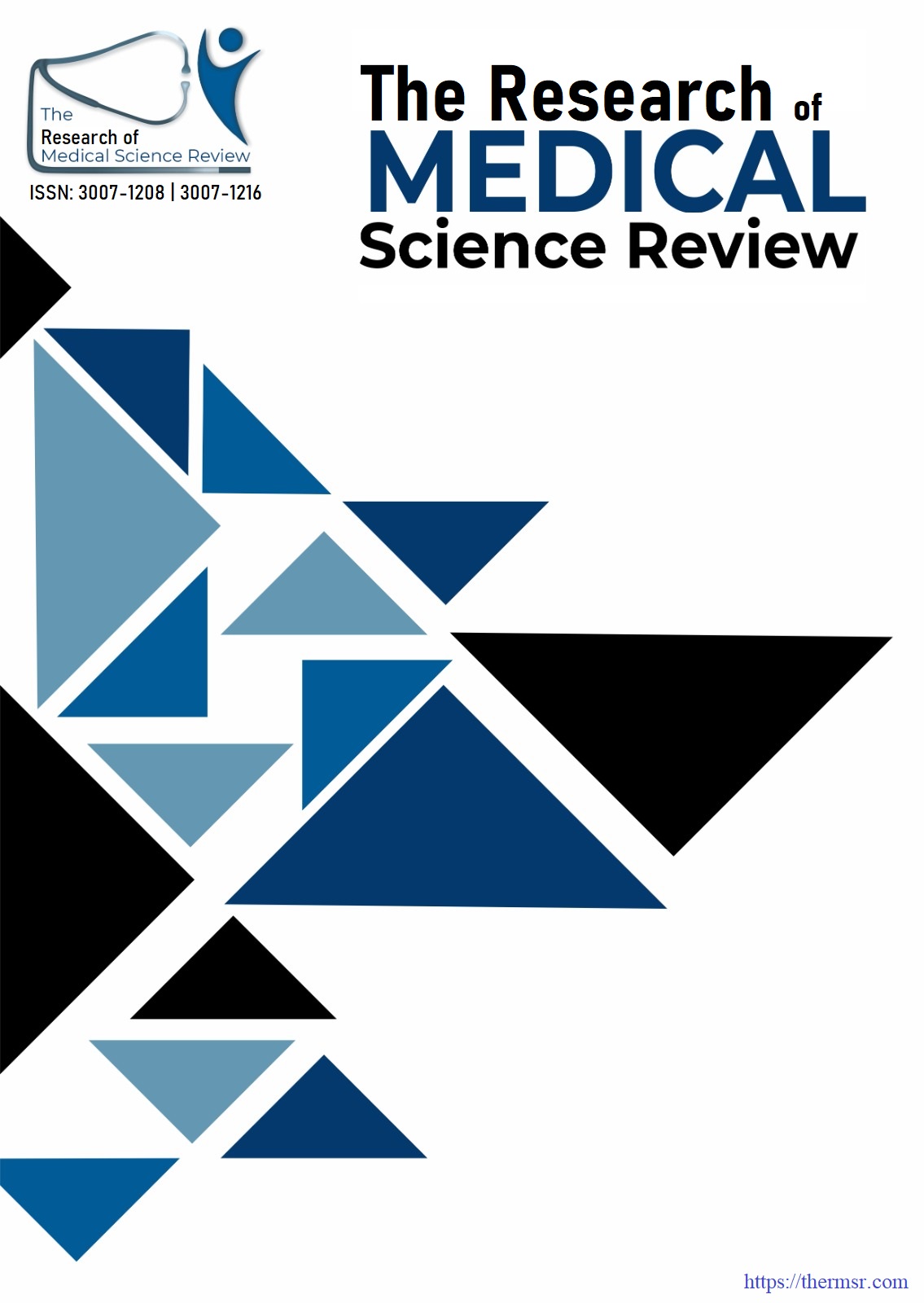COMPARISON OF WHOLE-BODY DIFFUSION WEIGHTED MRI AND 18F FDG PET/CT IN THERAPY RESPONSE ASSESSMENT OF HODGKIN’S LYMPHOMA IN PAEDIATRIC PATIENTS
Keywords:
Hodgkin’s lymphoma, pediatric oncology, WB- DWI/MRI, 18F FDG PET/CT, therapy response assessmentAbstract
Hodgkin’s lymphoma (HL) is a common pediatric malignancy, and accurate assessment of therapy response is crucial for optimizing treatment outcomes. While 18F Fluorodeoxyglucose Positron Emission Tomography/Computed Tomography (18F FDG PET/CT) is widely used for this purpose, it involves ionizing radiation, which presents risks, particularly in pediatric patients. Whole-Body Diffusion-Weighted Magnetic Resonance Imaging (WB-DWI/MRI) has emerged as a promising alternative, offering a radiation-free imaging option. This study aims to compare the effectiveness of WB-DWI/MRI and 18F FDG PET/CT in evaluating therapy response in pediatric HL patients. A cohort of 32 pediatric patients diagnosed with HL was selected. Each patient underwent imaging with both WB-DWI/MRI and 18F FDG PET/CT. Descriptive statistics and Pearson correlation were used to analyze the data and compare the results of the two imaging modalities with biopsy findings. The dominant age group in the study was 6-10 years, with a higher incidence in males. Tumor classification based on Standardized Uptake Value (SUV) from PET and Apparent Diffusion Coefficient (ADC) values from MRI was compared with biopsy results. Of the 29 positive biopsy cases, PET/CT identified 9 as normal, 4 as benign, and 16 as malignant, while WB-DWI/MRI identified 10 as normal, 7 as benign, and 12 as malignant. Pearson correlation analysis revealed a significant positive association between lymphoma classification by PET/CT and DWI MRI, indicating that both imaging techniques provide comparable assessments of disease, with high metabolic activity on PET correlating with restricted diffusion on DWI MRI. WB-DWI/MRI shows potential as a reliable, radiation-free alternative for assessing therapy response in pediatric HL patients. Given its comparable diagnostic accuracy to 18F FDG PET/CT, WB-DWI/MRI could be integrated into clinical practice to minimize radiation exposure. However, further large-scale studies are necessary to confirm these findings and establish WB-DWI/MRI as a standard diagnostic tool.
Downloads
Downloads
Published
Issue
Section
License

This work is licensed under a Creative Commons Attribution-NonCommercial-NoDerivatives 4.0 International License.















